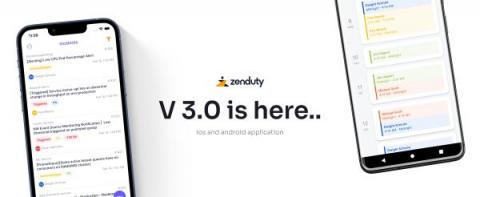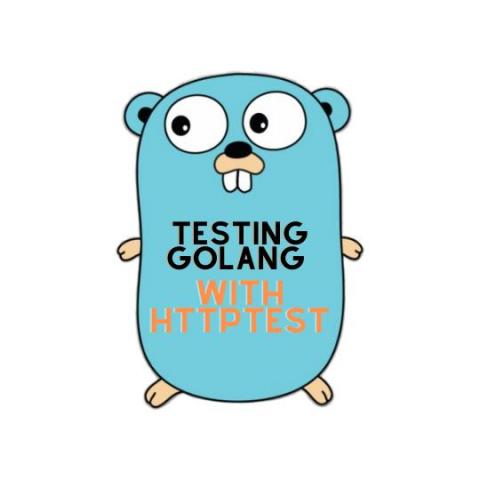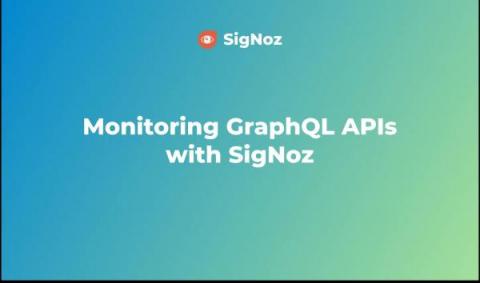Operations | Monitoring | ITSM | DevOps | Cloud
Technology
The latest News and Information on APIs, Mobile, AI, Machine Learning, IoT, Open Source and more!
Managing Android Devices at Scale with Memfault AOSP SDK Bort 4.0
Zenduty iOS and Android v3.0
We constantly update the platform to provide the best-in-class experience to our users. These updates are not something that we feel is right for the client; these updates are based on the user data, behavior, and requests that our users provide. We are always excited to bring new updates and share them with people but this one is special! We bring to you Zenduty iOS and Android v3.0!
API & HTTP Headers: How to Use Request Headers in API Checks
In previous posts we covered why it’s important to monitor APIs and how to monitor and validate data from APIs. In this post we’ll focus on a simple but key feature that helps Splunk Synthetic Monitoring users create robust checks for availability, response time, and multi-step processes: Request Headers
Testing Golang with httptest
Go, often referred to as Golang, is a popular programming language built by Google. Its design and structure help you write efficient, reliable, and high-performing programs. Often used for web servers and rest APIs, Go offers the same performance as other low-level languages like C++ while also making sure the language itself is easy to understand with a good development experience.
Our Approach to Machine Learning
There is a lot of buzz in the world of machine learning (ML) and as a layperson it can be hard to keep up with it all. Therefore, we decided to write down some of our thoughts and musings on how we are approaching ML at Netdata. We’ll touch on the current state of applied ML in industry in general, and zoom in on ML in the monitoring industry.
Prometheus network monitoring: a new open source generation
Prometheus seeks to be a new generation within open source monitoring tools. A different approach with no legacies from the past. For years, many monitoring tools have been linked to Nagios for its architecture and philosophy or directly for being a complete fork (CheckMk, Centreon, OpsView, Icinga, Naemon, Shinken, Vigilo NMS, NetXMS, OP5 and others). Prometheus software, however, is true to the “Open” spirit: if you want to use it, you will have to put together several different parts.











